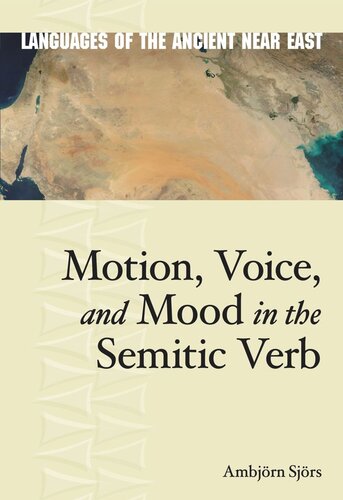

Most ebook files are in PDF format, so you can easily read them using various software such as Foxit Reader or directly on the Google Chrome browser.
Some ebook files are released by publishers in other formats such as .awz, .mobi, .epub, .fb2, etc. You may need to install specific software to read these formats on mobile/PC, such as Calibre.
Please read the tutorial at this link: https://ebookbell.com/faq
We offer FREE conversion to the popular formats you request; however, this may take some time. Therefore, right after payment, please email us, and we will try to provide the service as quickly as possible.
For some exceptional file formats or broken links (if any), please refrain from opening any disputes. Instead, email us first, and we will try to assist within a maximum of 6 hours.
EbookBell Team

4.7
56 reviewsThis book explores the relationship between the so-called ventive morpheme in Akkadian (-am) and the related suffixes -n and -a in other Semitic languages, including Amarna Canaanite, Ugaritic, Hebrew, and Arabic. Using formal reconstructions of the various morphemes and a functional analysis of their different usages, Ambjörn Sjörs convincingly argues that these endings are cognate morphemes that were formally and functionally related to the ventive morpheme in Akkadian.
Sjörs provides a systematic description of non-allative ventive verbs in Old Babylonian, the energic and volitive in Amarna Canaanite, the energic and lengthened prefix conjugation in Ugaritic, the lengthened imperfect consecutive in Biblical Hebrew, and the subjunctive and energic in Classical Arabic. Sjörs explains how these verb forms were used within the framework of grammaticalization theory and demonstrates how the suffixes are historically related.
Clearly and persuasively argued, Motion, Voice, and Mood in the Semitic Verb sheds valuable light on the Akkadian ventive and its relationship to the other related morphemes. It will be welcomed by linguists specializing in Akkadian, Amarna Canaanite, Ugaritic, Hebrew, and Arabic.